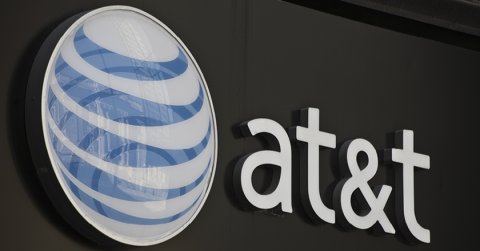
AT&T recently started testing an agentic AI digital receptionist with its phone customers. This tool is designed to reduce unwanted calls by screening and managing incoming calls automatically.
Chief Data Officer Andy Markus explained in a blog the digital assistant uses multiple large language models (LLMs) to process incoming speech, create responses and turn those responses back into speech.
AT&T did not reveal the LLMs involved, but previously employed OpenAI’s ChatGPT, Falcon AI and Meta Platforms’ open-source Llama.
Markus told Mobile World Live (MWL) AT&T started building and testing the digital assistant earlier this year.
The tool complements AT&T’s existing spam protection systems by using advanced voice-to-voice technology and agentic AI to identify spam and fraud calls based on the operator’s extensive data and algorithms.
“It determines whether the caller is human, how urgent the call is and if it meets your customised criteria,” he stated in the blog. “If the call passes all the checks, the digital receptionist lets the call through to you and drops off the call completely.”
The assistant also decides if it can act autonomously by taking a message or accepting a delivery window. If callers do not identify themselves, called the wrong number or if user criteria are not met, the receptionist will disconnect or take a message.
“While the digital receptionist is talking to the caller, you can watch a live transcript and pick up at any time” or decide next steps based on a text summary, Markus noted.
Trusted contacts can bypass screening entirely and the system learns user’s preferences over time. Markus wrote the assistant features AT&T’s security and privacy policies to protect personal information. In future, the assistant could make reservations by calling establishments.
“This digital receptionist could also eventually handle phone calls that are important but you can’t take at the time, by getting directions from you in real time with text prompts.”
Network-based
Google enables call screening on certain phones through its Assistant feature, primarily on Pixel phones and additional Android devices and Apple included call screening in iOS 26, released earlier this week.
Markus noted the difference for AT&T’s digital assistant is it is network-based.
“It’ll work without any cumbersome downloads,” he explained. “It won’t drain a phone’s battery. And it’ll still work even if you’re out of cellular service range or not connected to the network.” He told MWL because the tool is built into the network, “it activates before the phone even knows a call is coming. It could work with any device that receives calls on AT&T’s network.”
The digital assistant is being rolled out to select customers throughout the year.
“This is a small public group of testers for now, but we plan for more people to gain access to this as we continue testing,” Markus told MWL.
AT&T is mulling whether to make the assistant available for free on premium plans or charge per month as an add-on for lower-tier subscriptions.
“We are actively exploring these capabilities through testing,” he said. “We’re proud of the innovations we’re building and want to share the potential of AI-powered network enhancements.”
AT&T was an early adopter of generative AI, which could help it meet a goal to reduce costs by $2 billion over the next few years.
Source: Mobile World Live
Image Credit: AT&T





